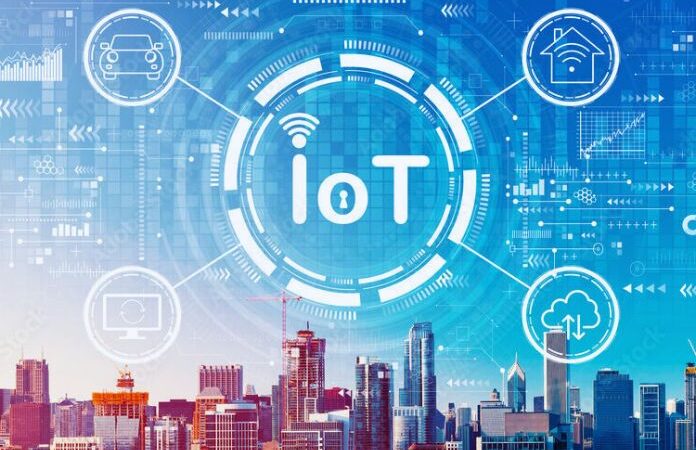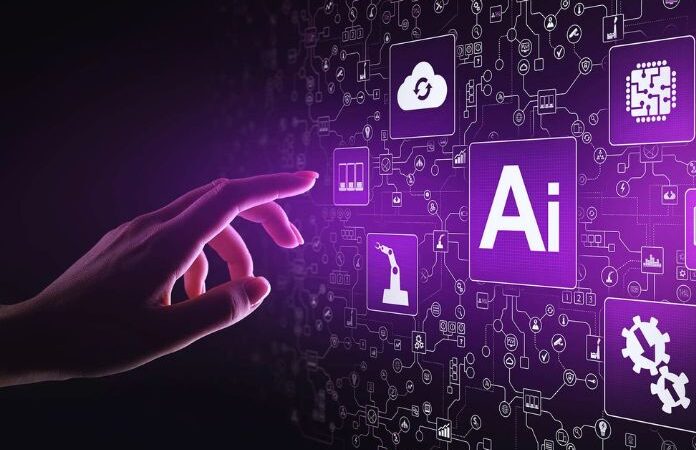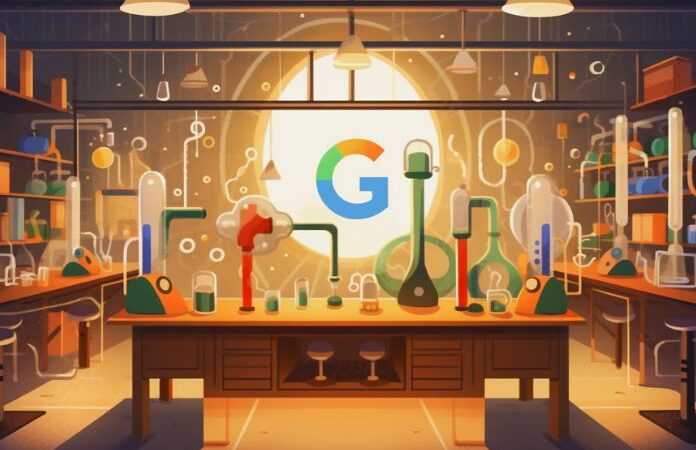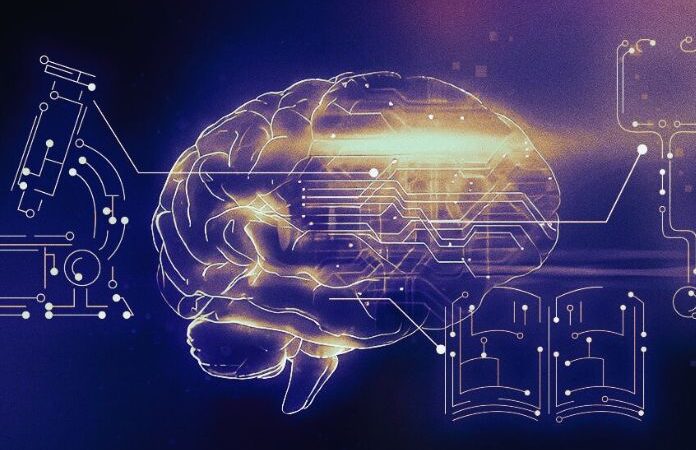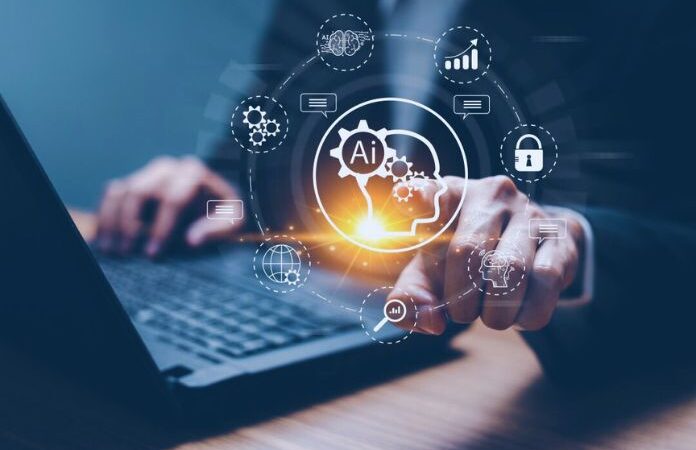The Supply Chain 4.0: The Portrait Of Panasonic Vision
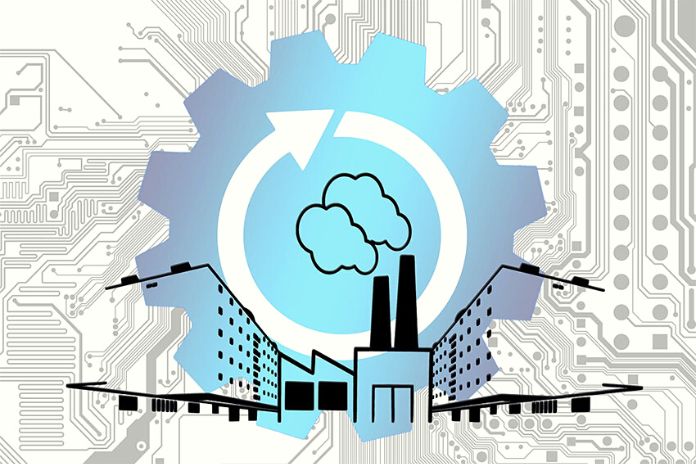
Predicting the unpredictable to overcome the challenges and complexities of supply chains in the post-covid era is possible for Panasonic thanks to AI, machine learning, and deep learning. The Amazon effect has revolutionized the consumer world, where you can buy anything at any time and receive it the next day; well, it has extended to the whole business-to-business market – recalls Panasonic. Here too, every sector expects the same levels of transparency, service, and communication. Add to that the complexity of the B2B product space and global supply chain challenges, and it’s easy to see why some companies struggle to live up to these rising expectations.
Who could have predicted that one of the world’s largest cargo ships would one day get stuck in the Suez Canal, freezing nearly $10 billion in trade? Or would the pandemic have led to a halt in the production of components, interrupting the activities of many manufacturing industries, from the production of cars to that of mobile phones, upsetting the balance and operations in transport and logistics? That’s why companies must constantly look for new ways to meet customer expectations under any circumstances. Indeed, if possible, they must even overcome them. The risk of being cut off from the competition in the sector is worth it.
Table of Contents
The Panasonic Vision
Panasonic Connect reflects on the need for a deeper understanding of fundamental business needs and how to satisfy them concretely. To remain competitive and deliver value, industrial manufacturers and B2B organizations must understand their customers’ needs better and offer experiences out of the ordinary without sacrificing the level of efficiency painstakingly achieved in economic terms and terms of adopting lean/agile practices”. The adoption of a human-centric approach supported by the latest digital capabilities is needed today to achieve the right balance between costs and the need to improve responsiveness and customer experience. Everything must start with an accurate organization of workflows.
“If we think, for example, of the sales team – explains Rogers – within each organization they must continuously evaluate and re-evaluate which experiences are more relevant for their customers, considering that among other things they can vary depending on the interlocutor that you intend to approach, within the same company.For example, the CEO, engineers, procurement and sales teams may have completely different expectations.It is good that the sales teams aim to treat the companies they approach as individuals and not as entities, ie really get to know the customer and the ‘personality’ of the specific organization”.
The Challenges Of The Supply Chain
Today, companies are confronted with the significantly changing needs of an increasingly varied target. Therefore, it is necessary to equip your sales force with the tools and operational transparency they need. According to Panasonic, the supply chain is an area of particular attention today more than ever. Challenges, starting with global freight rates and logistics criticalities, can only be mitigated through proactive communications and increased transparency. Today, many organizations rely on technology, especially machine learning and artificial intelligence.
They have the task of avoiding the risk of interruptions and delays in the supply chain. This minimizes the impact of critical supply chain issues on the end user. For example, relying on artificial intelligence to analyze global demand makes it possible to make real-time changes to component orders and industrial production planning. Automating production processes helps make purchasing activities and the ordering and delivery process more efficient for the customer. In other areas of logistics, technological evolution is centered on deep learning applications.
For example, the analysis of wave motion in the maritime transport sector makes it possible to predict product arrivals with greater precision. It is thus possible to provide even more accurate information on delivery times to the end user. Industrial progress is undeniably contributing to an improvement in planning and production processes to the benefit of customers. “Foreseeing the unpredictable – concludes Rogers – must mean for the industry to assume a more remarkable ability to prepare for the unexpected and to be competitive. It can be strategic to have the right mentality, the proper thought and approach, and indeed rely on technology.
Also Read: How Much Does Facebook Advertising Cost: You Decide

